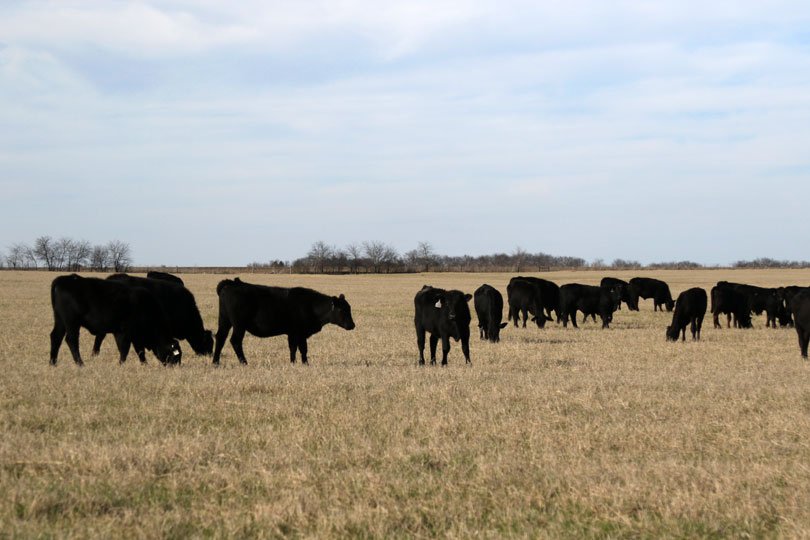By Jennifer Dorsett
Field Editor
Over the past 18 months, two federal investigations, one by the U.S. Department of Agriculture (USDA) and the other by the U.S. Department of Justice (DOJ), were launched to discover what led to an increase in the spread between fed cattle prices and boxed beef prices.
And while the USDA has not yet found any wrongdoing, the agency’s July 2020 report did note some actions the cattle industry can take to improve leverage, according to Chelsea Good, Livestock Marketing Association vice president of Government and Industry Affairs.
“The USDA investigation started prior to the COVID-19 pandemic after we saw that Holcomb Tyson fire in August 2019,” she said in an interview with the Texas Farm Bureau Radio Network. “USDA opened an investigation to look at that pricing spread, the difference in what feedlots were being paid for fed cattle and the really high boxed beef price, because we saw a record spread there. Then, that actually expanded to include new records set during the pandemic.”
Several economic issues played into the historic spread, including a large cattle inventory without an increase in meatpacking plant capacity, as well as a lack of smaller, regional packing plants and a need for more risk management for cattle ranchers, she added.
While the DOJ investigation remains ongoing, Good noted the bar for finding wrongdoing in violation of the Sherman Antitrust Act is fairly high.
“It requires showing some level of coordination between competitors, whether that’s price fixing or a handful of other Sherman Act violations that requires showing that those competitors coordinated with one another,” she said. “I think that is a little bit different than just showing that, ‘Hey, there are record profits and a huge spread between what’s being paid for cattle and what packers are being paid for meat.’ You have to show that coordination component in order to see the Department of Justice move forward with a case.”
It’s also possible the plant fire and pandemic were just what Good called “black swan events.”
“I personally have been in touch with a lot of people who are really connected to these investigations. I have not seen any clear evidence of coordination between some of these major players. I think we also need to keep in mind we have an industry that’s fairly consolidated,” she said. “You’ve got four major packers that make up more than 85 percent of the marketplace. They might not necessarily need to coordinate in order to be able to see what some of their competitors are doing, because it’s a small industry.”
Risk management is an important topic moving forward, Good said.
Tools like using the futures market to hedge can help ranchers better navigate risk, and changes to USDA’s Livestock Risk Protection insurance may make those policies more feasible for ranchers to purchase.
She has also seen an increased interest from ranchers across the nation in bringing back more small or regional meat packing operations.
“I have seen some states working on grant programs with some of their COVID-19 relief funds to encourage small processors to start or to expand their capacity. There’s also been some active pieces of legislation in Congress that could help. Maybe giving some funds or programming to help some small packers that aren’t currently USDA-inspected, maybe making it a little easier for them to raise their standards to reach that threshold to sell interstate,” Good said. “There’s some things that are being looked at, that I think as an industry, we need to be supportive of—about anything we can do to increase that packing capacity in a healthy way, not just increasing hook space but maybe increase the number of players that are competing for our livestock. In areas where we have multiple major packers plus some regional players competing against one another, prices are higher. Competition works.”

